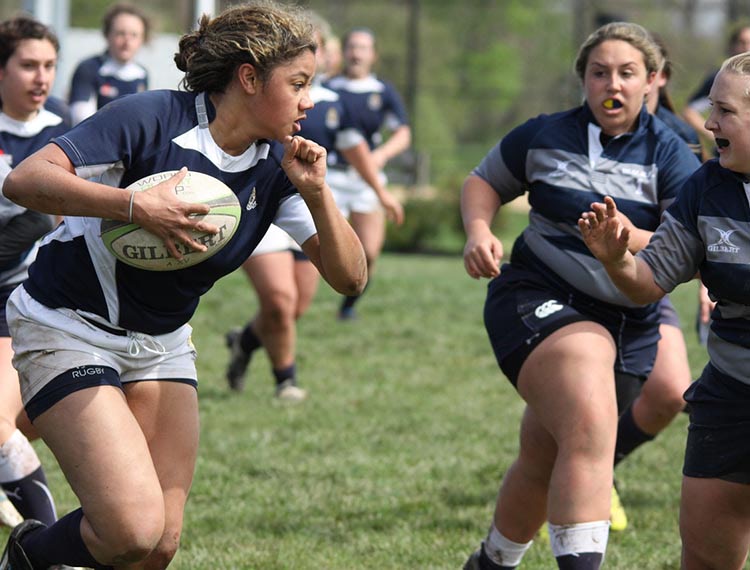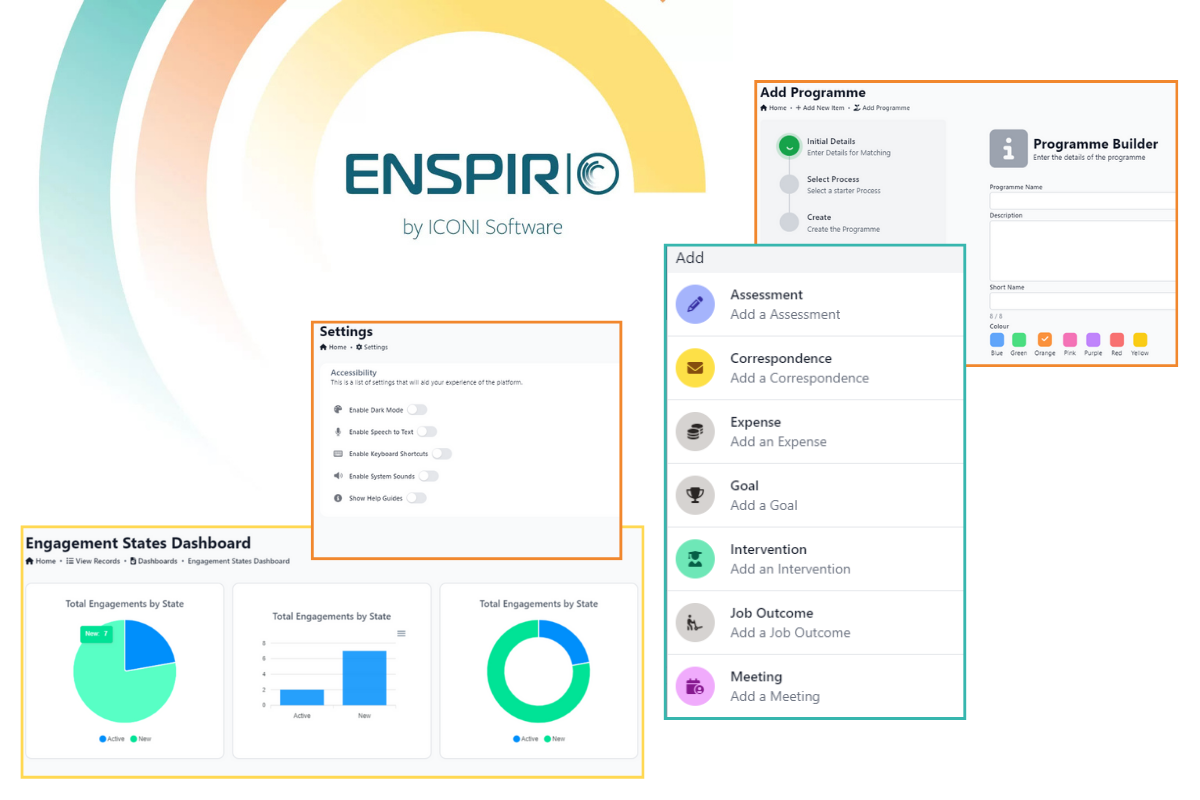How to spot and avoid concussion occurring in your school or college

With schools back after summer and both the football and rugby seasons in full swing, concussion is a topic which should be on the minds of everyone in a school setting.
Research co-ordinated by EduCare, a provider of essential duty of care and safeguarding training and Return2Play, a sports medicine company has identified that the total concussion rates among Return2Play’s customer schools is 9%.
In a school of 500 pupils, teachers and support staff saw an average of 45 cases of concussion over the 2017/18 school year, the majority occurring in the winter term.
From the statistics gathered, rugby accounted for 80% of sporting concussions. The rugby community has been at the forefront of research, education and implementing change in the way concussions are dealt with due to the clear risk of concussion which the sport carries.
World Rugby and the national bodies below it, such as the RFU, have led the way in raising awareness of the injury and advising on how it should be managed.
Whilst EduCare and Return2Play’s research highlights the prevalence of the injury associated with playing rugby in schools, concussion is not just a problem on the rugby field.
It can happen in many other sports as well as in the playground. With this in mind, we need to move away from thinking of concussions within schools as being rugby’s problem.
Rather than policies being put in place which only require rugby players and rugby coaches to undertake concussion training, everyone involved in sport and education has an important role to play in the management of concussion.
Concussion is a common injury. While awareness has significantly increased in recent years through concern from contact sports, it is important to note that concussions occur in everyday life. All concussions, whether sport-related or not, should be managed with the same diligence.
The 2017 Duty of Care in Sport review, led by Baroness Tanni Grey-Thompson, recommended the following:
- Training on concussion awareness should be available for all
- All contact sports should consider running a pre-season concussion awareness course
With the correct training and awareness, the risks associated with concussion can be minimised. The first step in properly managing concussion is ensuring all staff recognise what it is.
Lack of up-to-date information and “old school” attitudes are two of the biggest hindrances to providing good care to those who have suffered concussion.
To assist those in a school setting in learning more about concussion, EduCare and Return2Play’s Medical Director, Dr Sam Barke have compiled the following information:
What is concussion?
- It is a traumatic brain injury
- It can be caused by a direct blow to head but also from forces transmitted to head, e.g. whiplash or a violent shaking injury
- There are no structural changes in the brain – no injury can be seen on standard x-rays or scans
- It can cause a wide range of signs and symptoms
What are the signs and symptoms of concussion to look out for?
If the unfortunate does happen and it seems that a concussion has occurred, there are multiple signs and symptoms to look out for. Unfortunately, there is no single definitive list of signs or symptoms that prove a concussion has happened.
It is important to note that the vast majority of concussions do not have a loss of consciousness. This occurs in less than ten per cent of injuries, so should not be used to diagnose a concussion.
The signs to look out for in a person suspected of having sustained a concussion include:
- A dazed, blank or vacant look
- Lying motionless on the ground or slow to get up
- Unsteady on their feet, falling over, lack of coordination
- Inappropriate or unusual behaviour
- Loss of consciousness or not responsive
- Grabbing or clutching the head
- Seizures
The symptoms related to concussion to be aware of include:
- Headaches
- Dizziness
- Confusion, or feeling “slow”
- Visual problems
- Nausea or vomiting
- Fatigue
- Drowsiness
- Difficulty concentrating
- “Pressure in head”
- Sensitivity to light or noise
- Finding it difficult to express exactly how they feel, it is common for people who have suffered a concussion to say “I just don’t feel right”
How can concussion be avoided?
Whilst it is virtually impossible to avoid concussion completely, there are steps which you can take to ensure the risks of concussion are at a minimum.
- Enforce the rules: when playing a sport, ensure that students are playing by the rules and safety and sportsmanship is promoted at all times
- Be aware of illegal contact and tackling in sport
- Ensure students are educated in correct tackling methods in sport
- Educate students in the dangers of concussion
- Discourage physical play from occurring on hard ground such as grass or dirt
- Ensure play areas, corridors and areas of high traffic are well-lit and clear of any objects which could become trip hazards
- Ensure students are supervised at all times
Safeguarding and duty of care experts, EduCare have worked in-conjunction with sports medicine specialists, Return2Play, to develop a new concussion training course.
As well as providing the above information about what a concussion is and how the signs and symptoms may occur in an injured person, the course also looks at and how to manage the injury.
About Dr Sam Barke: Medical Director of Return2Play, Sam has qualifications in pre-hospital care and sports medicine and has extensive experience in planning and delivering medical care for sporting events. In recent years, Sam has developed a keen interest in the diagnosis and management of concussion and has presented both nationally and internationally on the topic.











Responses